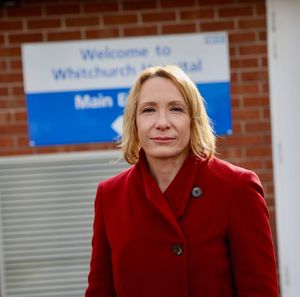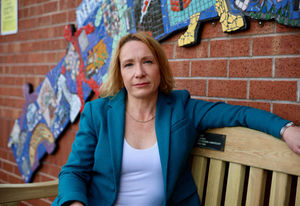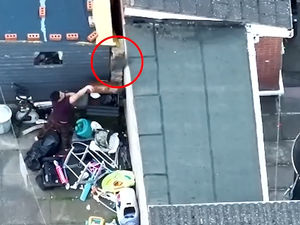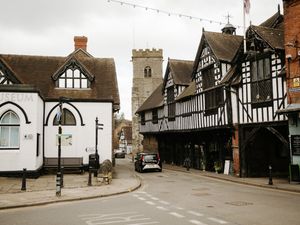Residents in rural areas 'dangerously exposed' to long ambulance wait times - North Shropshire MP calls for change
A county MP has called for urgent action to improve emergency response times for residents living in more isolated areas in Shropshire.
Watch more of our videos on ShotsTV.com
and on Freeview 262 or Freely 565
Speaking in a Westminster Hall debate about ambulance response times last Thursday (March 6), North Shropshire MP Helen Morgan issued a warning about the impact of ambulance station closures on rural communities.
She highlighted the challenges that residents within her constituency face when it comes to accessing emergency healthcare after the closure of several community ambulance stations more than three years ago.
All four community ambulance stations in Shropshire - Oswestry, Craven Arms, Bridgnorth and Market Drayton - shut in 2021.
The Liberal Democrat Spokesperson for Health and Social Care claimed that the alternative for residents is often more than 20-minutes away and said they rely on an ambulance being in the area at the time they require care.
Speaking in Westminster Hall, Mrs Morgan stated the latest data on ambulance call-out times in Shropshire from December 2024.

She said that the mean waiting time for a category one call-out - life-threatening injury or illness - is 12-minutes and 19 seconds compared to a target time of seven.
The MP added that the mean time for a category two call out is 50-minutes and 36 seconds compared to a target of 18 and that there is a mean of more than 200-minutes for a category three call out compared to the target of an hour.
Helen Morgan MP said: "I want to take you back to December 2021 when I was first elected for North Shropshire. When myself and my colleagues were out campaigning in North Shropshire it was extremely apparent that ambulance service delays were the number one issue for my constituents.
"But, almost a year later I completed a shift with West Midlands Ambulance Service and was blown away by the professionalism, dedication and hard work of the ambulance crew but suffice to say the delays were still as appalling as they were a year before.

"Since then there has been a huge amount of political turmoil and I don't think that has helped the situation. I am afraid to say that we are still not seeing the improvement that we need. It still paints a stark picture of the distressing reality facing my constituents and people across Shropshire.
"We have seen some improvement but those response times are totally unacceptable. At times there have been as many of 16 ambulances queuing outside the Shrewsbury and Telford emergency departments that serve my constituents."
Mrs Morgan added that she was recently told by a constituent who was helping a lady who had suffered a suspected stroke that they waited for more than an hour and a half for an ambulance or first responder to arrive.
The North Shropshire MP acknowledged that national policies aimed at streamlining ambulance services "may work" in urban areas, but said she believes they are leaving rural communities "dangerously exposed" to long delays.
The MP claimed that even if plans to 'fix the NHS' were a success, then residents in Market Drayton, Whitchurch, and Oswestry would still be left waiting for an ambulance above the target time due to the geographic distance of ambulance stations to the market towns.

"Let’s focus for a moment on the rural problem," Mrs Morgan added.
"I want to imagine an ideal scenario where the issue of handover delays has been resolved, where the urgent and emergency care plan has been implemented and is successful, and the 10-year plan has sorted out some of the other issues we have across the NHS. Even in that best-case scenario, people in rural areas like North Shropshire remain at risk.
"If you live near Oswestry, Whitchurch, or Market Drayton, the nearest community ambulance station has closed. The alternative is often more than 20 minutes away - that’s assuming the roads are clear. Otherwise, if you need an emergency response, you are reliant on a spare ambulance roaming the area, hoping it happens to be nearby when a call comes in. That is simply unrealistic.
"Paramedics need somewhere to rest and recover between callouts, but with centralised ambulance stations now far away from many rural communities, there is little choice but for them to return to these distant hubs. This is a system designed for urban efficiency, but it is failing those in rural areas."





